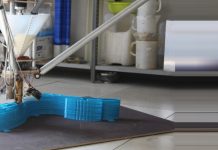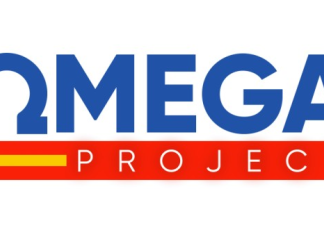American Startup ICON presented a new model of its ultra lot-cost 3D-printed home at SXSW in Austin, Texas. The company Vulcan 3D printer can create a modest but durable cement home measuring between 600 and 800 square feet in just 12 to 24 hours.
The demonstration model that the company showed featured a living room, bedroom, bathroom and poarch. Only the roof of the home was not 3D printed. According to company representatives, the 650-square-foot home complies with local building standards. It will be used in the future as an office, in which the team will conduct various tests and plan tweaks and product improvements.
![]()
The 3D printed homes are considered an affordable solution to the housing problems in many cities and rural areas worldwide.
Such tiny houses, micro-apartments, and modular and prefabricated housing currently cost about USD $10,000 to produce. But ICON stated that the production cost could be lowered to $3,500 to $4,000.
The StartUp announced its closed partnership with an international housing solutions non-profit organization – New Story: together they plan to initiate a project for printing 100 such homes in El Salvador in 2019.
This new unique technology is considered to be very powerful and impactful. With 3D printing, you not only have a continuous thermal envelope, high thermal mass, and near zero-waste, but also have speed, a much broader design palette, next-level resiliency, and the possibility of a quantum leap in affordability. It isn’t 10% better, it’s 10 times better,” notes ICON’s co-founder Jason Ballar in an official company press release.
The idea of 3D printed houses has been appealing to researches and product developers in different countries as it is can provide great benefits: it can offer opportunities to developing nations and can also be also scaled up to benefit missions in outer space.
A Russian Startup Apis Cor, which owns a much smaller 409-square footer 3D printed home, offers a similar kind of house-scale, mobile 3D printing technology.
This impressive, effective and innovative technology is likely to stir up some controversy among labor unions, considering how it is bypassing the manpower involved in traditional construction costs. Regardless of that, its potential to put an end to issues related to inadequate housing all over the world cannot be undermined. It is expected that 3D printing will enable people to construct affordable homes for their communities.





























